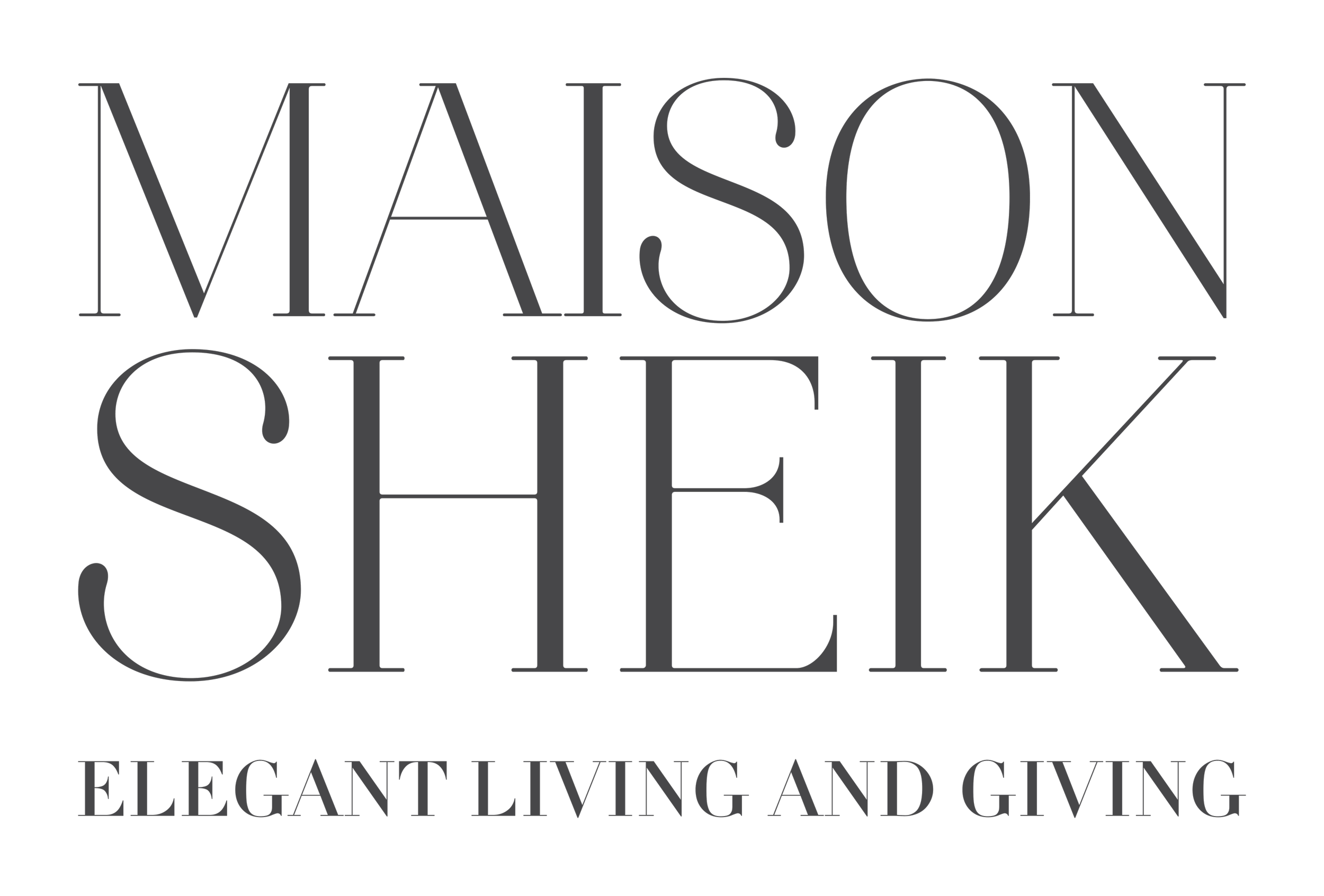Felice Varini
St. Francis of Assisi stated that the “happiness of our lives depends upon the quality of our thoughts,” implying that our perspective on the world, and our experience of it, are one in the same. No one translates this concept more compellingly than artist Felice Varini, the master illusionist whose large-scale projections super-imposed onto architectural spaces similarly force us to question the role of perspective in how we view the world. Viewed from one specific vantage point, his installations are precise, geometric forms that seemingly hover in front of the structure that they are painted onto; viewed from others they take on the appearance of complete randomness- shattered lines or panes of glass. To view a Varini piece in person is, I imagine, to waver between confusion and complete awe.
L to r (arche e corone, grand palais, arche e corone)
His technique is anamorphosis, which is defined by a distorted projection or drawing that appears normal when viewed from a particular point or lens. But finding that ideal vantage point is not in itself varini’s objective for the viewer. Notes the artist, “the viewer can be present in the work, but as far as I am concerned he may go through it without noticing the painting at all. If he is aware of the work, he might observe it from the vantage point and see the complete shape. But he might look from other points of view where he will not be able to understand the painting because the shapes will be fragmented and the work too abstract. Whichever way, that is ok with me.”
Eglises des jesuites
That said, viewers who are willing to work to find that lens develop greater intimacy with the allocated space than they would have if they were just passing through. And what Varini’s work accomplishes is the feat of forcing the viewer to slow down, question their surroundings, and experience their surroundings. In a city like new york, it is these spaces that take on such a special role in the public sphere.
Eglises des jesuites
This is why Varini is such a compelling artist to channel for an interior space. The duality of his work is what makes it striking: simple shapes against ornate architectural detail; primary colors projected against neutrals; crisp paint relative to crumbling infrastructure; immense scale versus the precise vantage point at which the picture comes together. All of this should be reflected in a space that truly embodies his art.
In this, we join the ranks of numerous cities that recognize the wonder of his approach and commission him to rejuvenate public spaces and historic monuments. With washable paint he has wrought an indelible mark on many antiquities, painting the walls of Versailles, 12th-century abbeys in western France, 15th-century Augustinian monasteries in monte carcass, and alleyways in new haven alike. Interpreting his references, we will create a space that forces new yorkers to consider the world around them in a new way.
(l to r: 56, avenue du president wilson, new haven alleyway, grand palais, trois triangle orange.
In a city where old is frequently torn down to make way for new, superimposing the modern on top of the crumbling are a novel and welcome concept indeed.
